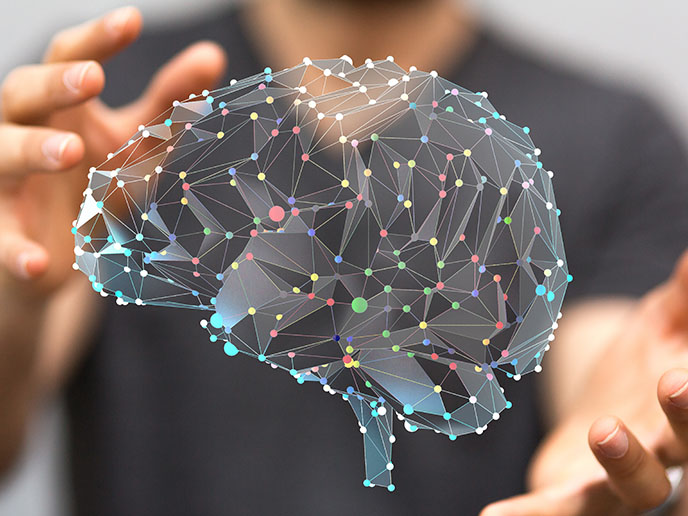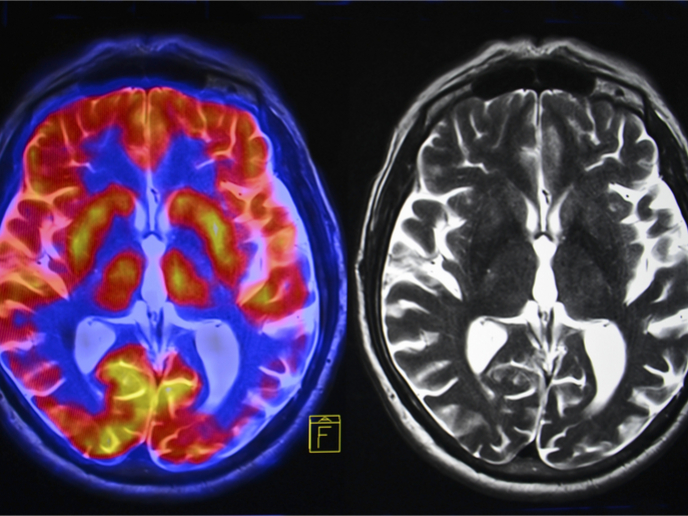Controlling chronic pain
Researchers hypothesise that chronic pain is the result of an individual's inability to modulate, or control, pain appropriately. The dysfunction most likely occurs in the spinal cord, the first part of the central nervous system where pain signals are processed and relayed to the brain. An EU-funded project, 'Neurobiological mechanisms of endogenous pain modulation' (PAIN MODULATION), aim to better understand how pain is experienced. The first phase of the project involved using functional magnetic resonance imaging (fMRI) to pinpoint the location of responses to painful stimuli. Investigators found that pain responses are located in the back of the spinal cord. Next, investigators studied whether the spinal cord would respond to visual stimuli that are related to pain responses. They found that if a participant learned to relate pain to visual stimuli, the spinal cord responded. Interestingly, the more a participant expected pain, the weaker the response to the painful stimulus. On the flip side, the spinal cord responded to visual signals that predicted upcoming pain. The pain response was also found to be dynamic. For example, if visual stimuli were no longer followed by pain, the spinal cord response decayed. These findings suggest that there is a top-down pathway from the brain to the spinal cord that modulates spinal cord neurons with the expectation of upcoming pain. In the second phase of the project, researchers are conducting experiments using magnetoencephalography. This work will allow researchers to measure response time to pain in milliseconds, which is much faster than fMRI. Focusing on response time may add to understanding of the subjective aspects of pain. The PAIN MODULATION project is mapping pain modulation capabilities of a healthy central nervous system. The hope is that these findings will provide guidance for studies in patients with dysfunctional systems who are suffering from chronic pain.







